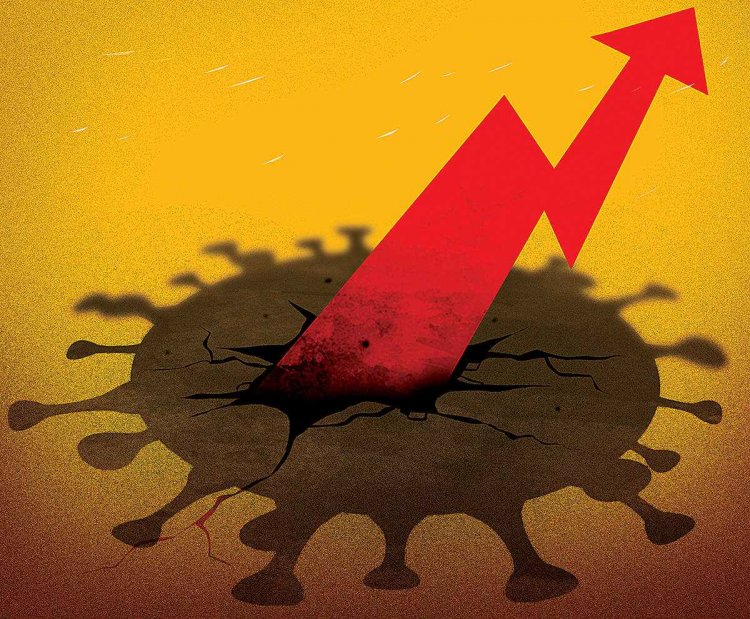No Option but to Reform

For India which does not have the resources that richer countries have, Ruchir Sharma (author of the upcoming ‘10 Rules of Successful Nations’) argues reform is the answer. Reformers, he says “come out better in the end. Today developed nations are offering ever larger stimulus packages to ease the shock of the pandemic, but they are running up debts that will slow growth in the future.” India, “lacking the funds for more stimulus, are instead pushing reforms which are likely to boost productivity and growth.” India’s reforms, he says, encompass the controversial agricultural reforms, the new privatisation push, and the broad shift in spending away from subsidies and other freebies to capital investment.
Government’s post-Covid macroeconomic strategy
And significantly, in this year’s budget presented on February 1, the government unveiled its post-Covid macroeconomic strategy. It chose capital investment to anchor medium-term growth, avoiding relief measures or a safety net cover for millions rendered jobless by the pandemic. Macroeconomist Renu Kohli writes “while the logic of the former’s larger multiplier effects upon private investment, employment and incomes is indisputable, the risk is that the economically vulnerable sections could suffer permanent setbacks from prolonged economic duress………
“There is a large macroeconomic gap to cover in the wake of Covid-19. National output is estimated at having shrunk as much as -7.7 per cent in 2020-21 by the Central Statistics Office. In 2021-22, the government projects real gross domestic product to rebound 10 per cent from this depth; adding the rate of inflation, growth will be 14.4 per cent…..So the economy will have grown 2.3 per cent over two years…….
“Relative to this recovery, the scale of economic loss is staggering…….The non-linear impact of Covid-19 has hit some segments much harder, such as hospitality, travel and retail, amongst others…….The associated employment losses have been huge, with continued losses of jobs and incomes as businesses either shut shop or cling on in leaner form and regain strength through savage cost-cutting.”
The government’s main plank to grow out of the pandemic is a multi-year spending push to infrastructure. However, According to Kohli “infrastructure expenditures take long to kick off, a couple of quarters at least, with lagged impact upon aggregate demand. In the meantime, a slower period of demand growth minus temporary relief could accentuate or convert what might be temporary income-employment effects into lasting ones, and an increased prevalence of poverty. If consumer demand remains subdued, falls back after an initial spurt from pent-up pressures, firms or sellers may find it difficult to sustain profits or strength, slowing down investments and overall recovery……
“Under the circumstances, even with the resource constraints that the government is operating with, an upfront provision of short-term income support from a part of budgeted capital expenditure to uphold aggregate demand with infrastructure expenditures taking up the baton thereafter may have been a superior strategy…..”
















